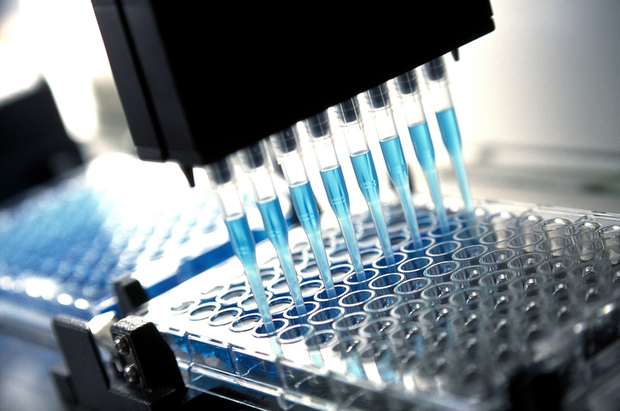Considering:
– the COVID-19 pandemic linked to the SARS-CoV-2 coronavirus,
– the very low number of published data on its presence in wastewater; information published by a research centre in the Netherlands (www.kwrwater.nl) [1], and based on data described as “preliminary”, mentions the presence of the virus genome in untreated wastewater, information taken up by the World Health Organisation [2];
– the recommendation of the National Agency for Food, Environmental and Occupational Sanitary Safety (Anses) [3] followed by the inter-ministerial circular [4] prohibiting the agricultural spreading of sludge from wastewater treatment plants (WWTPs) which has not been proven to be hygienic, as a preventive and public health protection measure;
– the lack of robust data on the evolution, persistence in active form and environmental dispersion of the SARS-Cov-2 virus, which makes it necessary to develop management scenarios by analogy with the state of knowledge acquired with other viruses, admittedly similar but not identical, which is insufficient;
– a very low confirmed risk of SARS-Cov-2 virus transmission via water [2];
– the transfer of treated or untreated wastewater (in particular stormwater overflows from combined sewer systems) to the receiving environments and the development of the use of treated wastewater in agriculture (reuse);
– recurrent alerts of new virological risks and the need to advance strategies for disinfection of treated wastewater in the future for cases that may lead to this course of action;
– that disinfection of treated wastewater before discharge is not a usual treatment except for the protection of receiving environments with sensitive uses, such as bathing areas, and that the same applies during rainy periods to discharges of raw wastewater laden with microbiological pollution.
The National Academy of Technologies of France
– recommends that particular attention and financial support be given to improving knowledge of the evolution, elimination, inactivation and transfer of the SARS-CoV-2 virus via wastewater from emission sources to the points of use or exposure of the population to the environment, particularly the professionals concerned;
– emphasises that this research will provide essential information to assist in the management of wastewater and that, in the event of proven reliability and sensitivity, it may constitute a quantitative tool for measuring the development of the pandemic in order to understand its evolution and its resorption (“wastewater epidemiology”); this could undoubtedly provide information enabling the importance of possible future epidemics to be understood at a very early stage;
– recommends that this research be based on quantitative detection methods allowing interpretation of the activity and infectivity of the viruses detected in these media;
– suggests that, in order to make use of current epidemic conditions, contributions should be sought from organisations that can rapidly provide the necessary resources to the various laboratories capable of carrying out such research.
References:
[1] Medema G., Heijnen L., Elsinga G., Italiaander R. (2020) Presence of SARS-Coronavirus-2 in sewage. https://doi.org/10.1101/2020.03.29.20045880 doi: medRxiv preprint
[2] OMS – UNICEF (2020), Water, sanitation, hygiene and waste management for the COVID-19 virus,
Interim guidance, 19 mars 2020. https://apps.who.int/iris/rest/bitstreams/1272446/retrieve
[3] Anses (2020) Advisory note on an urgent request for scientific and technical support on the possible risks related to the spreading of urban sewage sludge during the VIDOC-19 outbreak. Saisine n° 2020-SA-0043
[4] Unnumbered interdepartmental circular MAA and MTES, April 2, 2020: Management of sludge from wastewater treatment plants (WWTPs) as part of the continuity of the sanitation services during the Covid-19 crisis, Circulaire Covid-19.


The comment area